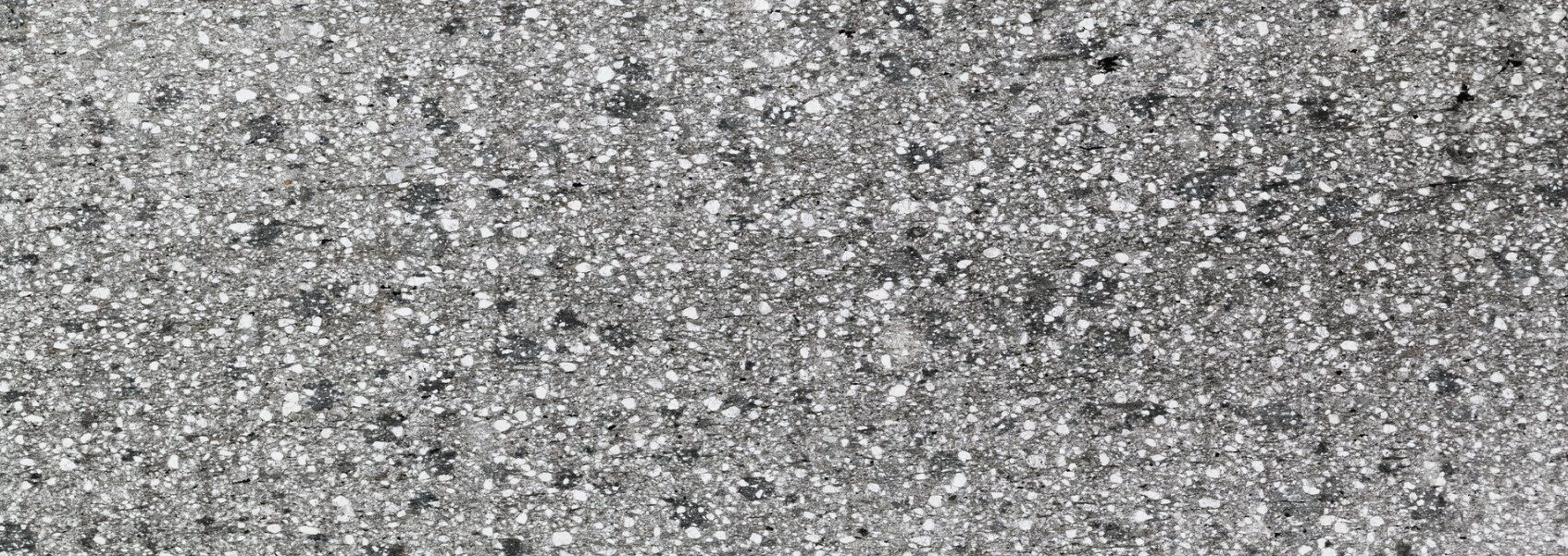Hornfels in thin-section
To see what some rocks are made of geoscientists make thin-sections. Yes, they are really thin slices of rock!
A thin-section is about 0.33 of a millimetre thick. Most minerals become transparent or translucent when they are that thin so we can easily look at them under a light microscope an see what size they are how they are arranged inside the rock.
The images below are photographs of a thin section taken from the same hornfels shown on the previous page. The image is about 40mm wide so each mineral grain you can see in the thin-section is tiny, much too small to see without a microscope.
The first image is taken with plain light. You can clearly see a variety of mineral grains.

The second image (below) is taken with a special polarising light microscope. This enables us to see the optical properties of each mineral - a bit like a finger print, each mineral has its own characteristics. From this we know that this hornfels contains
- quartz (50–60%)
- feldspar (20–30%)
- carbonate "spots" (5–10%)
- muscovite (5–10%)
- opaque minerals (<5%)

Back to contact metamorphic rocks ⇑
Thin-section images provided by our partners at ImageMatrix.
| Minerals | Rock Cycle | Igneous Rocks | Sedimentary Rocks | Metamorphic Rocks |

A joint TESEP - AusGeol.org production.
This educational product is designed for Yr 7-10 secondary students to complement the earth and space component
of the Australian National Science Curriculum and all Australian State and Territory curricula
The content and design of this educational product is based upon materials previously published by AusGeol.org